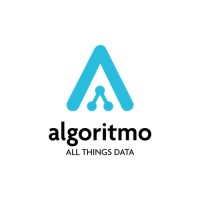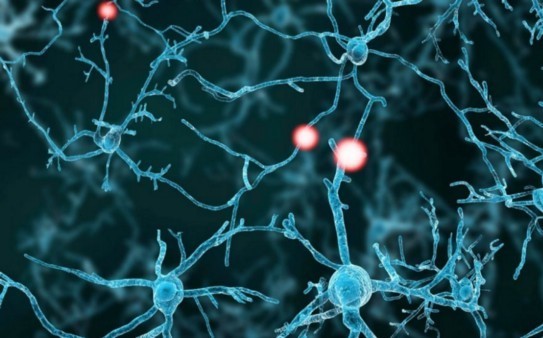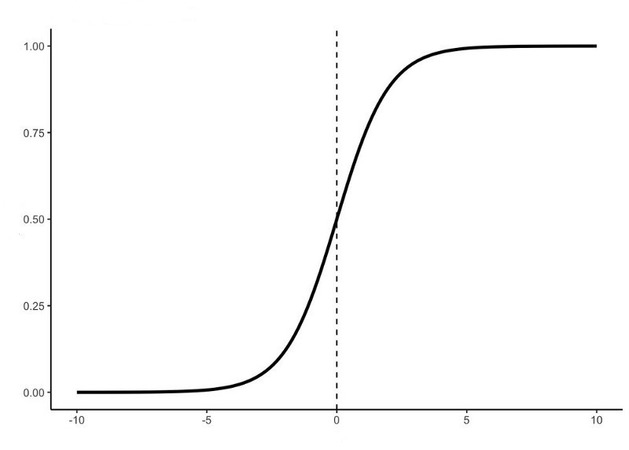Hey! I'm
Arun Addagatla
Expertise in
Web Designer, Web Developer, Front End Developer, Apps Designer, Apps Developer


I build CI/CD pipelines, Docker Containers and use cloud platforms like GCP and AWS for automated model updation and deployment.
I utilize Gen AI to build products like chatbot and voicebot to address customer queries.
I am passionate about learning new innovations and contributing to the field of ML and AI.
⚡ I completed by bachelors with the CGPA of 9.33/10.
⚡ I have studied basic software engineering subjects like DS, Algorithms, DBMS, OS, CA, AI etc.
⚡ Apart from this, I have done few courses on Deep Learning, Data Science, Machine Learning and Python.
Visit Website
⚡ Understood the working and implementation Artificial Neural Networks (ANN), Convolutional Neural Networks (CNN), Recurrent Neural Networks (RNN), Self-Organizing Maps, Boltzmann Machines, and AutoEncoders
View Certificate
⚡ Built and trained deep neural networks, identified key architecture parameters, implemented vectorized neural networks and deep learning to applications.
⚡ Learned about train test sets, analyzed variance for DL applications, used standard techniques and implemented optimization algorithms, and built neural networks in TensorFlow.
⚡ Built a CNN and used it in detection and recognition tasks, used neural style transfer to generate art, and applied algorithms to image and video data.
⚡ Built and trained RNNs, worked with NLP and Word Embeddings, and used HuggingFace tokenizers and transformer models to perform NER and Question Answering.
View Certificate
⚡ Understood the working and implementation Artificial Neural Networks (ANN), Convolutional Neural Networks (CNN), Recurrent Neural Networks (RNN), Self-Organizing Maps, Boltzmann Machines, and AutoEncoders
View Certificate
⚡ Understood the working and implementation Artificial Neural Networks (ANN), Convolutional Neural Networks (CNN), Recurrent Neural Networks (RNN), Self-Organizing Maps, Boltzmann Machines, and AutoEncoders
View Certificate
⚡ Covered the languages, tools, and data used by data scientists, including IBM tools focused on data science.
⚡ Demonstrated working knowledge of Jupyter notebooks and RStudio and utilized their various features.
⚡ Created and manage source code for data science in GitHub.
⚡ Learned how IBM Watson Studio and other IBM data science tools can be used by data scientists.
View Certificate
⚡ Understood the basics of Data Science and Machine Learning
View Certificate
⚡ Understood the basics of Python and data structures.
View Certificate

Machine Learning Engineer
- Built conversational voice and chatbot to resolve 80% of user queries by understanding large-scale support docs and knowledge base using various, word embedding techniques, RAG, prompt tuning of GPT-4 and LLAMA-2
- Engineered and assembled an LLM inference server using vLLM, Ray Server, and optimization algorithms like FlashAttention- V2, and PagedAttention, specifically for the Vicuna-13b and Falcon-13b model
- Streamlined Meeting Minutes Creator with ASR, achieving a 98% transcription accuracy rate and enabling summarization and personalised to-do list generation
- Optimized the existing search engine’s performance by 60% by implementing semantic search and image search
- Constructed a productivity tracking system using machine learning techniques, resulting in a 15% productivity increase

Machine Learning Intern

Data Science Intern
- Performed statistical analysis on 100,000+ transaction data for threshold tuning to flag alerts in monetary transactions.
- Optimized CAPEX spent on anomaly detection system by 60%.
View Certificate




Artificial neural networks (ANNs), usually called neural networks (NNs), are computing systems which are inspired by the biological neural networks that constitute human brains.

Regularization helps to overcome overfitting while developing machine learning models. These techniques intend to reduce the risk of overfitting without increasing the bias significantly.

Logistic regression is a method of classification in which the model outputs the probability of a categorical target variable Y belonging to a certain class.